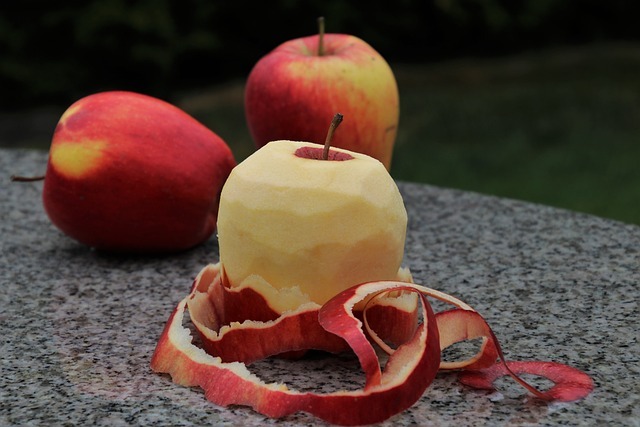The DASH (Dietary Approaches to Stop Hypertension) diet is renowned for its effectiveness in managing blood pressure and promoting overall heart health. But what does it actually mean for your plate? Let’s dive into the delicious world of DASH-approved foods and discover how to incorporate them into your daily meals.
The DASH Diet: A Flavorful Path to Wellness
At its core, the DASH diet emphasizes a diet rich in fruits, vegetables, whole grains, and low-fat dairy. It also encourages lean protein sources like fish, poultry, and beans, while limiting saturated and unhealthy fats, sodium, and added sugars.
DASH Diet Food Powerhouses
Let’s break down the key food groups that form the foundation of the DASH diet:
- Fruits and Vegetables: These colorful powerhouses are packed with vitamins, minerals, and fiber. Aim to eat at least 4-5 servings of fruits and vegetables every day.
- Examples: Apples, bananas, berries, grapes, oranges, spinach, broccoli, carrots, bell peppers, tomatoes, and leafy greens.
- Whole Grains: Swap refined grains for whole grains to boost fiber intake and stabilize blood sugar levels. Aim for 7-8 servings daily.
- Examples: Brown rice, quinoa, whole-wheat bread, oatmeal, whole-grain pasta, and whole-grain cereals.
- Low-Fat Dairy: Dairy products are a great source of calcium and protein. Opt for low-fat or fat-free options. Aim for 2-3 servings daily.
- Examples: Low-fat or fat-free milk, yogurt, and cheese.
- Lean Protein: Choose lean protein sources to reduce saturated fat intake. Aim for 6 or less servings daily.
- Examples: Fish, poultry, beans, lentils, eggs, and nuts.
- Healthy Fats: Incorporate healthy fats like those found in olive oil, avocados, nuts, and seeds.
- Nuts and Seeds: These are excellent sources of protein, fiber, and healthy fats. Aim for 4-5 servings per week.
- Examples: Almonds, walnuts, chia seeds, flaxseeds, and sunflower seeds.
DASH Diet: What to Limit
While the DASH diet emphasizes nutritious foods, it also recommends limiting certain items:
- Saturated and Trans Fats: Found in fatty meats, full-fat dairy, and processed foods, these fats can raise cholesterol levels.
- Sodium: High sodium / salt intake contributes to elevated blood pressure. Aim for 1,500-2,300 milligrams of sodium per day.
- Added Sugars: Limit sugary drinks and desserts.
Creating a DASH-Friendly Plate
To make the DASH diet easier to follow, consider these tips:
- Plan Ahead: You can stay on track by planning and preparing your meals.
- Read Food Labels: Check for sodium, saturated fat, and added sugar content.
- Cook at Home: Preparing your own meals allows you more control over the ingredients.
- Involve Your Family: Make healthy eating a family affair to encourage everyone to adopt the DASH diet.
DASH Diet: A Flavorful Journey to Better Health
The DASH diet is not a restrictive diet but a sustainable lifestyle change. By focusing on whole, unprocessed foods and limiting unhealthy options, you can enjoy delicious and satisfying meals while improving your overall health. Remember, consistency is key. Small steps can lead to significant improvements in your well-being. For personalized advice and support, consult a healthcare practitioner or a certified dietician.
Embrace the DASH diet and embark on a flavorful journey towards a healthier, happier you!
